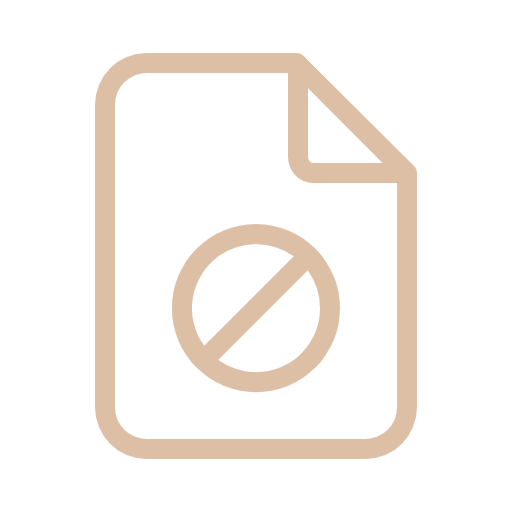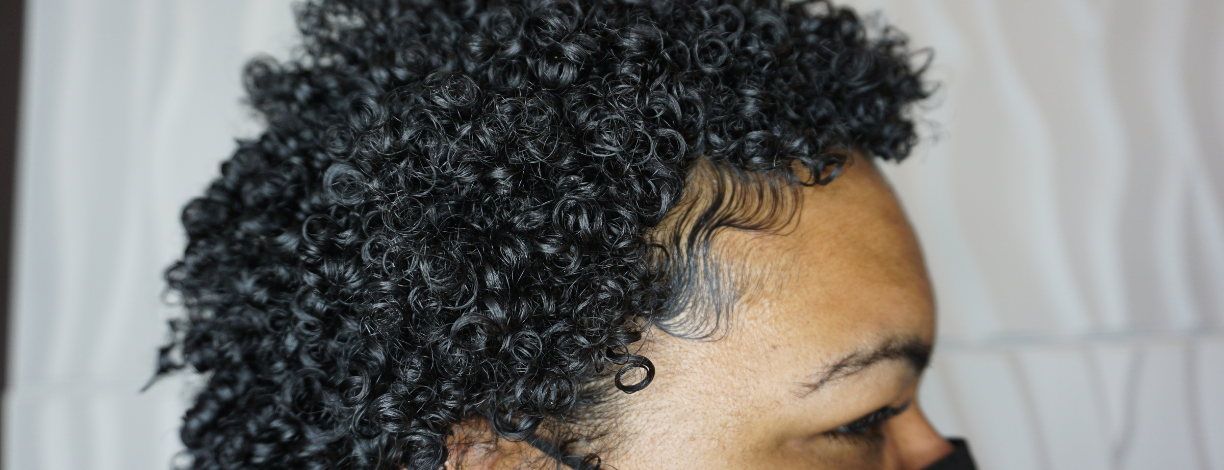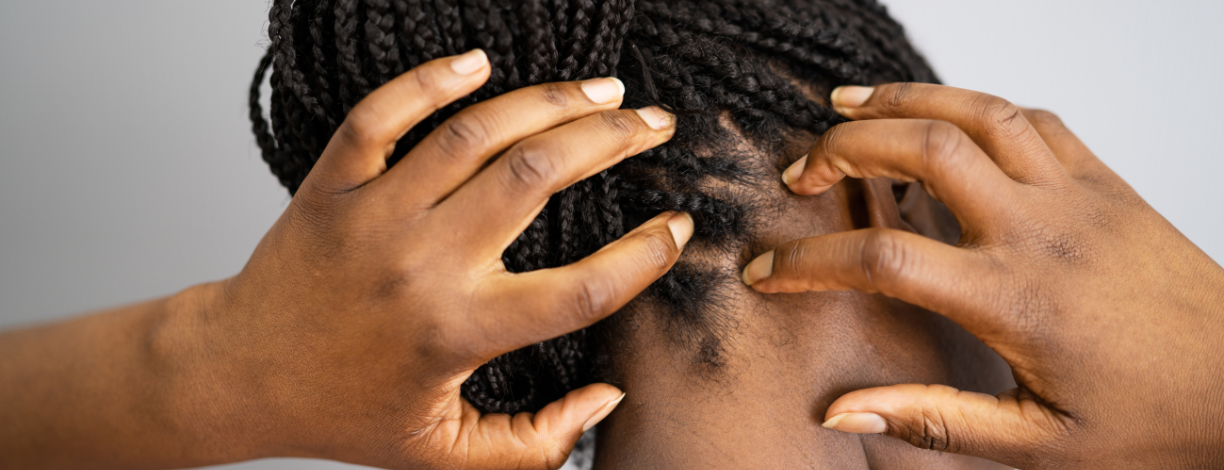Our Blog
How To Grow Healthy Edges
Edges, baby hairs – oh my! Whatever you call them, we all have those small hairs around the perimeter of our faces. If you find that your hairline is thinning, you’re not alone. Here are 5 tips for growing happy and healthy edges: Treat While You Tame Too often, edge control formulas contain alcohol that dries out the hair and can lead to breakage. Swoop is the solution to this problem. Unlike other edge controls on the market, Swoop is alcohol-free. It nourishes the hair and scalp while keeping any style in place. It’s enriched with pro-vitamin B5, beet sugar extract, and a custom blend of growth-enhancing essential oils that make it smell amazing (all while helping your hair and scalp)! Give your hair a break! According to an article from the New York Times, traction alopecia is the most common form of hair loss in the Black community. It’s caused by the inflammation of follicles when hair is pulled too tightly. Hair loss can be caused by the tension that protective styles, such as braids and wigs, have on the hairline. Rocking these styles can be done safely and won’t always be the direct cause of hair loss. Too much tension, however, can cause your scalp to become inflamed and your hair to break. Oftentimes, people keep using extensions to camouflage the hair loss, but it’s only continuing the cycle. That being said, give your hair a break! One tip is to ask your stylist to leave your edges out of the braids! A less permanent form of damage, breakage can ensue when the delicate strands at the hairline are overstyled and manipulated. Let your edges be natural (i.e. not slicked down and shaped with edge control) at least 70% of the time. For those wanting to pamper their edges and support healthy growth, styled edges should be a special occasion, rather than an everyday look. Scalp Care Strong and healthy hair starts at the root. Scalp Therapy is a natural treatment for dry and troubled scalps that nourishes growth and promotes health by supporting moisture and circulation. When paired with a scalp massage and a gentle styling regimen, it can help to reverse thinning edges. Scalp Therapy is made with Australian Blue Cypress and Andiroba Oil, both ancient and powerful remedies for dryness and inflammation. It also has a cooling tingle you can use anytime to refresh your scalp and treat yourself. Protect your edges while you sleep Friction is another cause of breakage. Wearing a bonnet or using a silk pillowcase are both great ways to decrease the friction that your hair encounters from your pillow while you’re sleeping. They also help to minimize frizz and retain moisture. If you use a scarf to wrap your hair at night, be sure that it’s secured on your forehead and not your edges. Deep condition! Regularly deep conditioning your hair promotes strong growth. We recommend using Intense Quench Deep Conditioner. It’s silicone-free and helps to heal your hair from the inside out. Keeping your hair hydrated is a key step in preventing breakage and Intense Quench™ does just that.
How To Combat Scalp Itch
Regardless of your age, skin sensitivity, or hair type, an itchy scalp can strike for a variety of reasons. Knowing how to identify the cause and treat the symptoms is essential for prevention and early intervention. When encountering any new or severe skin condition use common sense and seek medical advice if symptoms persist or worsen. The guidelines below are intended only to assist you in the prevention and treatment of mild symptoms. 1: Allergic Reaction While allergic reactions are surely the most common cause of scalp itch, with so many potential sources, it can be tricky to sort out the specific trigger. Any chemical treatment that comes into contact with the scalp is an obvious and easy-to-identify cause. If you notice soreness or itchiness immediately following a color, bleach, or perm application, apply a topical soothing agent like Scalp Therapy and explore other options for your next treatment. Pay attention to when in your wash cycle the itching peaks. If it’s closer to wash day, chances are it’s related to one of your leave-ins. If itching occurs randomly, it may be due to other allergens in your home or environment. Regardless of the cause, Scalp Therapy can provide relief with natural anti-inflammatory agents, such as Blue Cypress and Calendula that calm irritation plus a soothing essential oil formula that quells scalp itch and soreness on contact. 2: Fungal Infection Fungi love to hang out in damp, dark places! Under the right conditions, your scalp can become an ideal habitat for these organisms, including Candida (Yeast) and Ringworm (Tinea capitis – it’s not a worm), leading to anything from a mild itch to sores and temporary hair loss depending on the cause. Avoid keeping damp hair in close contact with your scalp for extended periods of time (we’re talking to you, all of you night-washers and ponytail-wearers). Harsh shampoos, stress, pregnancy, chemotherapy, and dietary imbalances can all compromise the scalp’s acid mantle and open the door to fungal infections. Left untreated, fungal infections can progress to cause dandruff or seborrheic dermatitis. Other than lifestyle changes, treatment can and should include a gentle sulfate-free shampoo, such as Get Clean (normal to dry hair) or Triple Threat (normal to oily hair), an acidifying pH-balanced conditioner, such as Featherweight or Intense Quench, and a moisturizing lotion such as Scalp Therapy, which contains a host of potent anti-fungal botanical agents such as Tamanu, Neem, and Andiroba. 3: Psoriasis & Eczema These conditions are genetic, auto-immune conditions that are triggered by stress, allergies, and other environmental factors. Unlike mild fungal infections, symptoms are generally visible right away and may include red, rough patches, bumps, and peeling skin. Early intervention and vigilance are essential in symptom management. While a complete cure is rare, it is always helpful to pamper your scalp with regular massages to stimulate blood flow and lymphatic elimination. This will also help to lower your stress level, further reducing another potential trigger. With its cooling tingle, Scalp Therapy certainly makes the experience more of a pleasurable ritual, but you can always simply whip out your fingers and press, release, knead, and stroke your scalp. Always massage with the soft pads of your fingers and never with sharp nails, which can exacerbate inflammation. 4: Dryness If your itching is worse on wash day and gets better through the week, chances are it’s a dryness thing. Even a mild shampoo and gentle dryer can be challenging for naturally dry skin and scalps. To head off an itchy scalp, pre-treat with an oil such as Emollience Pre-Shampoo Treatment and apply Scalp Therapy directly to the scalp, massaging it after washing, but before detangling and styling.

Sorry, We couldn't find any results.


